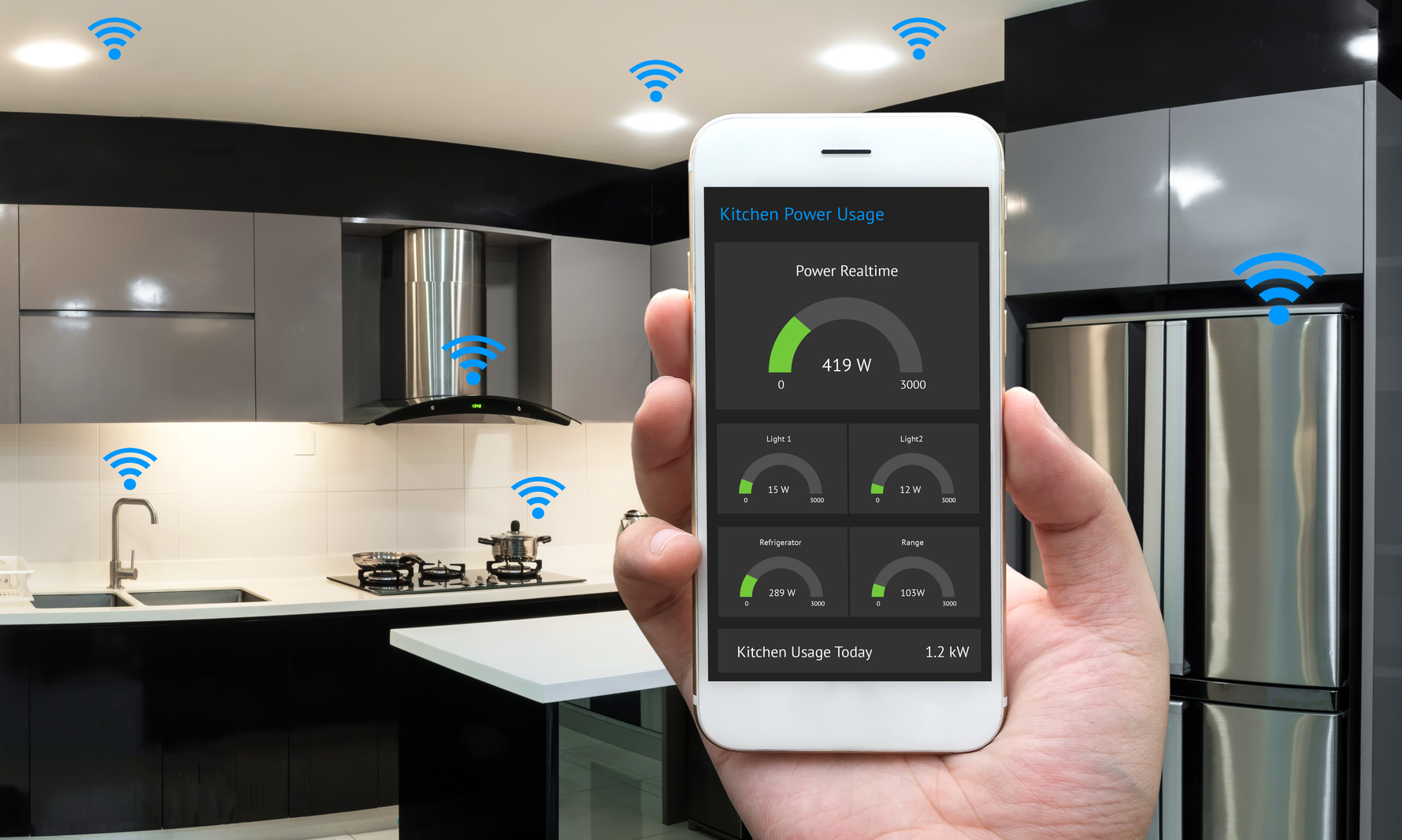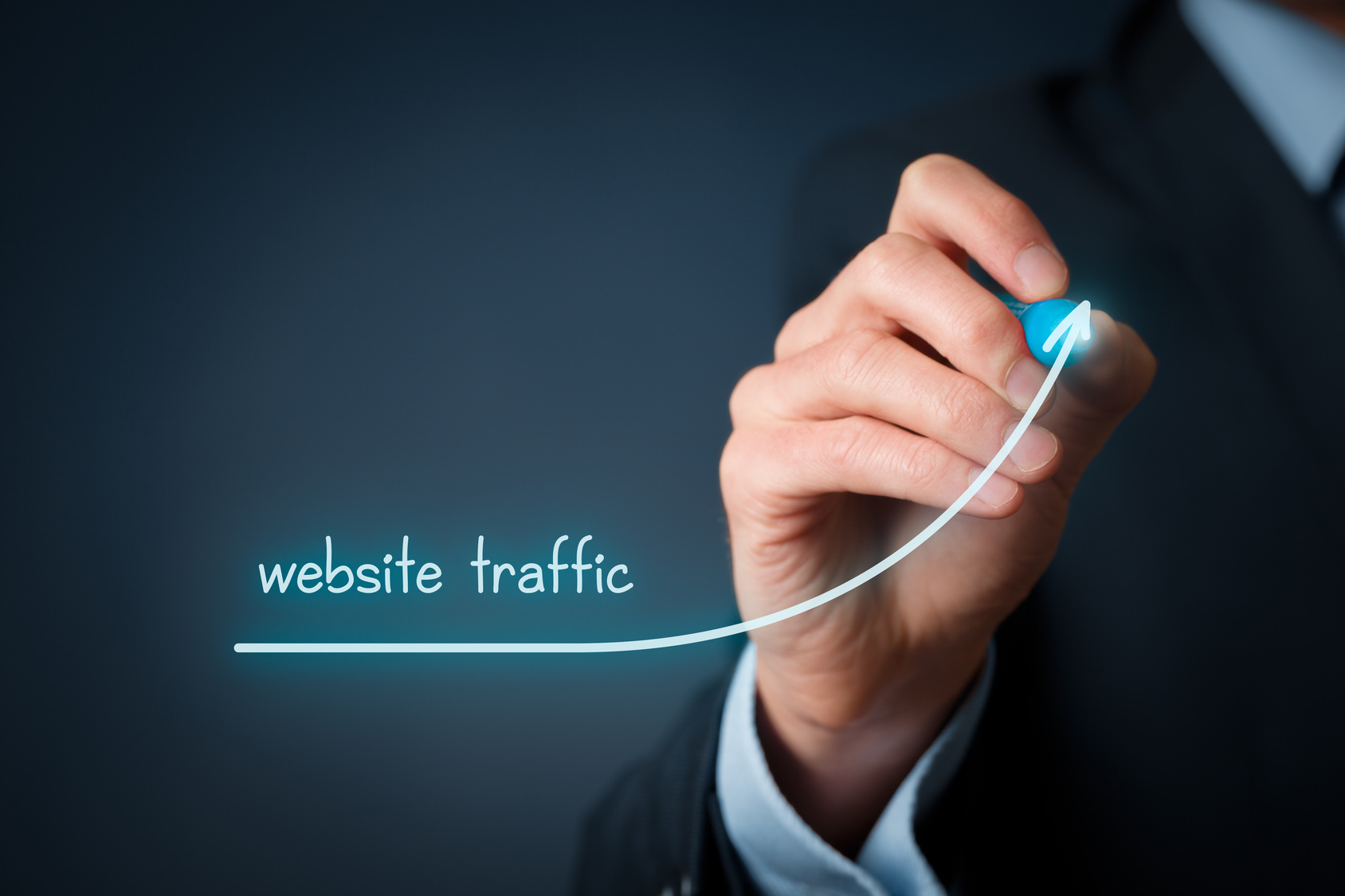You’ve heard a lot about the Internet of Things — IoT for short.
However, especially if you’re not tuned into the tech world, it can often feel confusing.
Most people can get their minds around Smart Home technology. This helps you to remotely lock your door and access your home’s security cameras from your smartphone.
It can even regulate the temperature when you’re not home.
But understanding large-scale IoT projects like Smart City, Blockchain, and Smart Supply Chain are often much more complicated. Still, it’s important to familiarize yourself with the next big things in the IoT world.
In this post, we’ll help you to understand 2018’s most influential IoT projects. We’ll also discuss how the latest IoT advancements can benefit a wide variety of industries.
Ready to learn how these new IoT projects will help to make your life easier and your business more efficient?
Then keep reading.
1. ADN Voice Technology
Though AI-based ADN Voice Technology has been on the horizon for a while, 2017 was the year it came to the mass market.
In 2018, it will only continue to grow.
IoT projects that offer voice-led Operating Systems will soon become a part of daily life. They won’t just be a gadget that only the tech-obsessed can’t live without.
Amazon’s Alexa will likely become the most popular piece of ADN Voice Technology, outpacing even Siri and Google Assistant. To make driving safer, Alexa will be integrated into cars. In fact, it’s already included in some Ford vehicles.
This way, drivers can ask for directions or change the music without taking their hands off the wheel.
For added convenience, you can use Alexa and other ADN Voice Technology to control your Smart Home. You’ll be able to turn on your lights, adjust your thermostat, and much more.
You can even play music, make telephone calls and conduct voice-based Internet searches. Or, you can do a quick 7 Minute Workout.
2. Connected Industry
Connected Industry will continue to be one of the most influential IoT projects in 2018.
Companies in a wide variety of industries can use the massive amounts of contextual data provided by IoT devices. This will help them to improve manufacturing processes, fine-tune management strategies, and monitor factory/construction equipment.
One of the most popular connected industry fields?
Fleet management.
Fleet management companies will be able to track mileage, monitor the number of stops taken, and find the current location of their trucks. They can also monitor gas levels, and even detect dangers on the road.
Eventually, this may even lead to self-driving cars.
3. Smart City
2018’s Smart City IoT projects will focus on improving the lives of people that live in the world’s biggest metropolises.
This technology will help to streamline transportation, by collecting massive amounts of data regarding traffic, parking lots, and public transit.
Thanks to Smart City projects, delayed trains and sitting in hours of traffic may be a thing of the past.
These technologies even use cameras to monitor the traffic flow. This means that traffic lights will operate according to the levels of congestion. Public transit riders will get real-time updates regarding when a bus or subway will arrive.
Smart City technology will also influence the overall infrastructure of a city. This helps to improve predictive maintenance estimates. It also assists in the control of potential public health crises, and creates better city planning strategies.
4. Smart Energy
With much of global conversation focused on energy consumption, Smart Energy IoT projects will help both commercial buildings and households to better monitor their energy use.
Smart streetlights powered by cost-effective and energy-efficient LED lights will help cities lower their environmental impact.
Smart Meters will help households and commercial buildings to monitor their overall energy consumption. Many feel that this will lead to a larger reliance on solar power. This, in turn, will lower the overall pollution levels of a city, while also helping to detect power outages sooner than ever before.
Thanks to Smart Energy Grids, city officials will also be able to provide faster disaster recovery to residents.
5. Blockchain & IoT
Of course, with all the advancements in IoT projects, security threats become a major concern.
Enter Blockchain, which uses advanced cryptographic processes to create security measures with decentralized control options.
Because so much of today’s security is centralized, it makes it difficult to respond to data breaches and stop viruses before they get out of control.
With Blockchain, one compromised Smart Device will have a much tougher time infecting others. Essentially, this works because it allows digital information to be shared, but never copied.
The “original” digital data will provide much more information than in the past, including real-time updates. This data is protected by encryption, verification tools, and much more.
6. AI & Machine Learning
The goal of Machine Learning-based IoT projects is to help brands to collect massive amounts of data. Then, they analyze that data to increase operating efficiency and customer experience.
One of the most popular examples of Machine Learning in action was Microsoft’s Tay Al bot. Its goal was to learn about how 18-24-year-olds behave on social media, then replicate those behaviors.
Unsurprisingly, it succeeded.
How?
By identifying the most common behaviors, then replicating them. There are two options for how this Machine Learning can take place: Supervised and Unsupervised.
Unsupervised learning means that these machines work to discover which behaviors are the most common. It then ranks those behaviors and other data in order of importance and influence. Essentially, these machines monitor the the “real world.”
Supervised learning takes place within specific sets of data, memorizing and analyzing the desired outcome.
This way, a machine can learn to repeat it on its own.
7. Smart Supply Chain
Smart supply chains help to ensure that the massive amounts of data gathered by smart technology help to improve and streamline day-to-day operations.
A Smart Supply Chain is necessary for companies using AI and Smart data collection technologies. This is because it’s actually qualified to “decode” and implement the information collected.
It can also ensure that each individual operation within a company is using smart technology. This helps to keep things consistent.
Smart Supply Chains can help to fill in the gaps in production when workers are unavailable. This means that brands can produce more in less time. Additionally, these Smart Supply Chains often possess targeted skill sets that not every worker has.
This technology will also help companies to make better use of their storage space, avoid over-production, and help to monitor inventory.
You can rely on your business dashboard to help you and your human workers keep track of all this data. Learn how to create a dashboard to ensure that you don’t miss out on valuable information, as well as how to monitor your operations in real time.
It’s a common misconception that the Smart Supply Chain IoT projects will replace workers.
However, the reality is that it will only allow them to become more efficient. Less time spent on mindless, routine tasks means more time for face-to-face client meetings and a development of perfect pitch packets and new ideas.
8. Healthcare Innovations
Smart technology doesn’t just benefit your business.
The latest IoT projects can even help to save lives.
In fact, IoT healthcare is slated to be a $117 billion industry by 2020. IoT can help to keep better patient records, manage and optimize workflow and appointments. It can even work with your medical devices for more precise results.
Collecting Medical Data From Devices
For example, how can doctors and other healthcare professionals use the data from a patient’s FitBit to help them monitor their health and potentially diagnose illnesses?
Additionally, how can smart devices that measure other vital signs, like blood pressure and glucose levels, help doctors to keep an eye on their patients. It does all this while also allowing the patient to take an active role in their own healthcare.
Improving Records, Scheduling And Insurance
Sorting through insurance claims can be a nightmare for patients and medical professionals alike.
Luckily smart technology can help to make it much easier. There are efforts in place to streamline communication with insurance companies, ensure patients know what is and isn’t covered, and to keep track of medical billing processes.
Additionally, smart healthcare devices will use predictive analytics, often based on the information collected from the devices referenced above. This helps to ensure that patients schedule routine check-ups or follow-up appointments.
Finally, HIPAA laws and patient privacy are a huge concern.
For practices and professionals, the fines can be intimidating. Patients are worried that their private medical records could be compromised.
In 2018, smart healthcare technology will turn its attention to implementing increased security measures when it comes to patient medical records.
9. The Retail Industry
Especially in the short term, IoT projects will have the biggest influence on the retail industry.
Major retailers like Walmart have already started using Machine Learning and IoT technology to improve their customer experience and increase their sales — both online and in-store.
Smarter Pick-Up Processes
They use IoT technology to streamline their pick-up process. Instead of waiting in long lines, customers can simply scan the barcode of their receipt.
Then, the item they ordered will be delivered to them on a conveyer belt inside these so-called “Pick-Up Towers.”
No more waiting around for delivery men or having to wait days for the products to be shipped. Now, in-store instant gratification is possible — on customers’ own schedules.
Improved Customer Service
Thanks to the rise of the smartphone, customers have no problem conducting price comparison research on their own.
But if one of your competitors offers a better price on a product or service than you do, wouldn’t you like to be able to negotiate in real-time?
Smart technology makes it possible.
The latest retail IoT projects allow retailers to make best-price offers on the spot, so you don’t lose business to your competitors. Additionally, these technologies can also help you to identify your high-value customers. When they walk into a store or add another item to their digital cart, you’ll be notified.
That way, you can ensure that you’re providing your most loyal customers with the best service.
Additionally, smart technology ensures that you never run out of your most popular products. Through the use of predictive analytics, you can identify when you’re close to selling out of your high-ticket items. Then, you can re-stock so that they’ll never be unavailable.
Smart Store Analysis
Wouldn’t it be great if retailers could easily identify the most popular areas of their store? What about knowing where in a mall or larger shopping center consumers are most likely to visit?
Thanks to smart retail technology, it’s now possible.
With Smart Store Analysis, video camera or WiFi monitoring is used to more accurately assess where customers congregate.
This allows retailers to create the best and most effective store layout that can boost sales and even shorten line wait times.
This also means that in-store help will be immediately and more effectively dispatched. If smart technology alerts you that a customer has been standing in aisle 2, in front of a display of products, for more than 1 minute, you can send a representative in to help.
Look Out For These Nine IoT Projects In 2018
Now that you know the next big IoT projects, you’ve likely already started thinking about how these technologies can benefit both your business and your daily life.
Big Data, cloud services, and IoT will only continue to grow over the years. Soon, businesses will reach a point where using these technologies is no longer an option, but a requirement.
To avoid getting left behind, it’s important that you work with companies who can help you to stay one step ahead of trending technologies.
That’s where we come in.
We work to identify and implement the latest tech developments in your business. We help to digitize your brand, boost your online presence, and ensure that you have an intuitive interface.
Of course, we do a lot more than that, too.
Get in touch with us today to learn more about how our services can help you to streamline every aspect of your business — and boost your profitability as a result.




